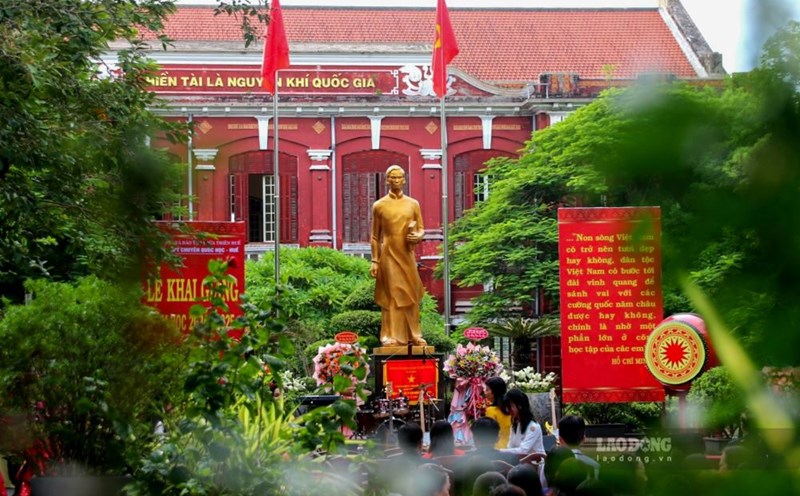The gold medal for the world's longest living mineral is apparently awarded to Supersaurus after scientists examined the fossil and bone analysis of this mineral. Supersaurus developed across North America about 150 million years ago.
Like other extremely long-lived dragons, Supersaurus is a long-lived dragon fruit. Supersaurus has long been considered one of the longest living Dinosaurs, but current research confirms that "this is the longest living khungature based on good bones" because the fossils of other living Dinosaurs are disjointed, so their exact length is a challenge, Brian Curtice, an paleontologist at the Arizona Museum of Natural History, who led the study, told Live Science.
Other Dinosaur candidates for the longest position in the world include Argentinosaurus, Brachiosaurus, Diplodocus - based on the remains of remains of bone.
The first Supersaurus fossil was excavated by Brigham Young University's archaeologist James Jensen at the Dry Mesa Dinosaur mine in Colorado, USA, in 1972, Jensen found a 2.4m long collarbone of an adult khung worm that was later classified as a Supersaurus. Jesen also found another fossil that he thought belonged to two other sauropod Dinosaurs named Ultrasauros and Dystylosaurus.
However, Curtice believes Jensen was wrong: Instead of having 3 different sauropods, they are all parts of the same mineral. According to Curtice, this misunderstanding is due to cracks and deformities in bones over millions of years, making them of significantly different sizes.
Since the discovery of Jensen in Colorado, other Supersaurus species have also been sighted, including a 32m long specimen, named Jimbo, extending from one end to the other of the Central Wyoming Dinosaur.
Previous estimates of the maximum length of the Supersaurus are nearly 34m, but re-evaluating the data at Dry Mesa will show a much more complete picture of the size of the dinosaur, said Curtice.
Based on the location of a nearly 1.3m long cervical vertebrae, the Supersaurus is 39m or 42m long, much longer than the 33m Diplodocus khungoup. But there is a possibility that the Supersaurus at Dry Mesa could take longer, according to the Curtice.
He returned to the khungone mine and assessed other excavated khungone skeletons and identified a separate structure that helped the Supersaurus' neck to be more than 16m long and its tail to be more than 18m long. Therefore, he estimates that this creature could be up to 42m long.
"To compare the length, the Supersaurus is 4 fire trucks or 3 large school buses longer. If the two Supersaurus kiss, they will cover almost the entire football field," he said.







